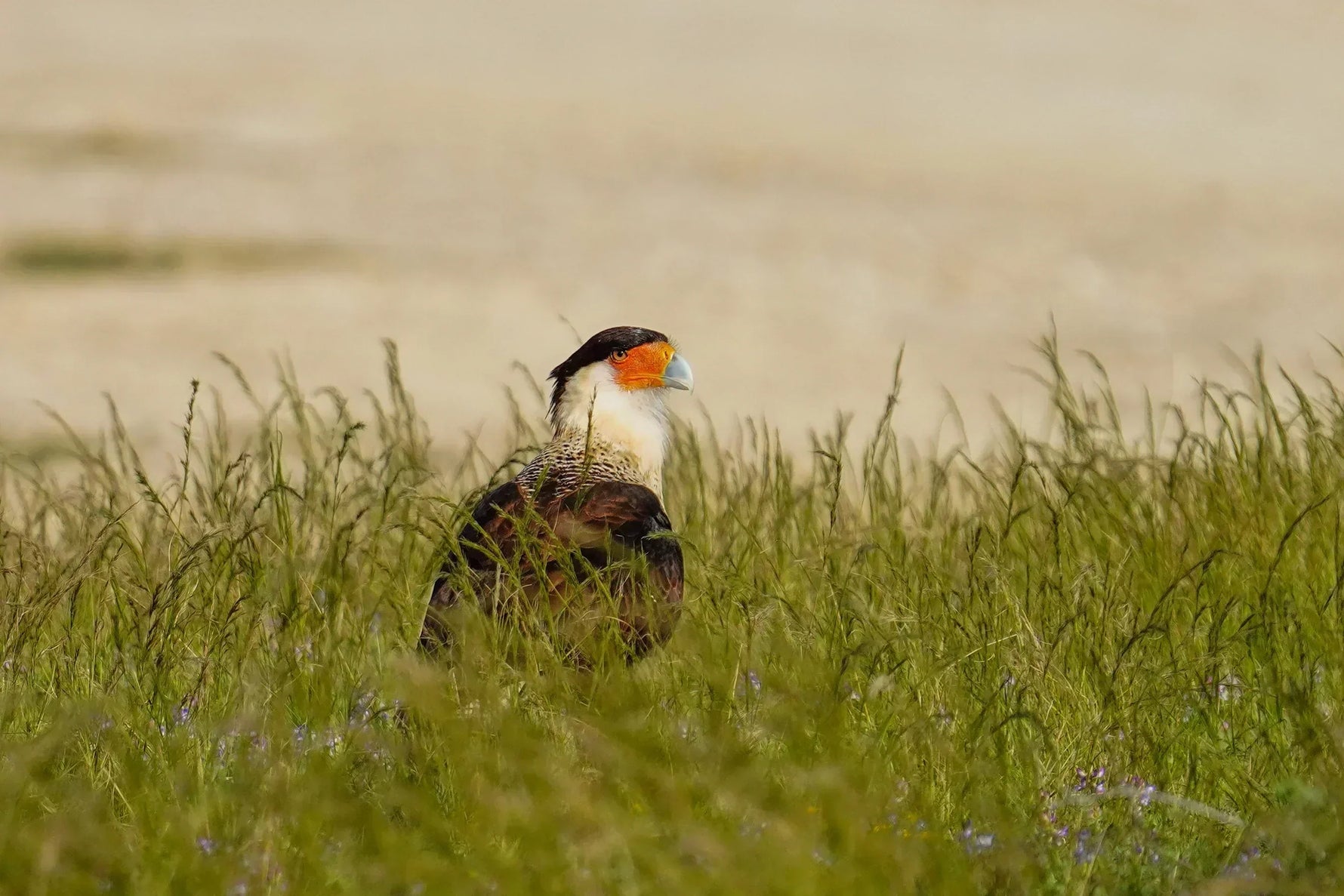The Summer Tanager (Piranga rubra) is a vibrant bird that captivates birdwatchers and nature enthusiasts alike. Known for its striking red colors and melodious song, this species has gained popularity among those who appreciate the beauty of avian life.
In this article, we will explore the Summer Tanager's appearance, call, range map, cultural significance, diet, migration, behavioral patterns, and tips for attracting these stunning birds to your backyard.
What does a summer tanager look like?
The Summer Tanager is a medium-sized songbird belonging to the cardinal family (Cardinalidae). It is primarily recognized for its vivid plumage, which varies between males and females. This bird is predominantly found in the eastern United States, particularly in areas with abundant trees and open woodlands, giving it a unique place in North American avifauna.
Male Summer Tanager
Males are easily identified by their bright red plumage, which can be striking against green foliage. Their wings and tails are darker, often with a slightly orange hue. The male's vibrant color is most pronounced during the breeding season, making it a standout in its habitat.
Female Summer Tanager
Females, on the other hand, have a more subdued appearance. They are primarily yellow or olive-green, with hints of warmer tones, making them less conspicuous in their environments. This difference in coloration is common in many bird species, serving as a protective adaptation for females, especially during nesting.
Male vs. Female Summer Tanager
Understanding the differences between male and female Summer Tanagers is essential for birdwatchers:
Coloration:
Males are bright red, while females are yellow and olive.
Size:
Both sexes are similar in size, measuring about 6.5 to 7 inches in length, but males may appear slightly larger due to their more vivid plumage.
Behavior:
Males are often more vocal and visible during the breeding season, actively defending their territories and courting females with their songs.
Summer Tanager Call
The Summer Tanager is renowned for its sweet, melodic song, which is a series of clear, whistled notes often described as sounding like "chip-cherry, chip-cherry." Summer Tanager song is typically heard during the breeding season and is used by males to attract mates and establish territory. Their vocalizations can vary slightly by region, but they generally maintain a consistent melodic quality that makes them easy to recognize.
Vocalization Patterns
Breeding Calls: During courtship, males may sing more frequently to attract females and declare their presence to rival males.
Alarm Calls: When feeling threatened, Summer Tanagers may produce a series of sharp, quick notes to alert others of potential danger.
Summer Tanager Range and Habitat
The Summer Tanager has a broad distribution across North America, particularly in the eastern United States. They migrate seasonally, spending the winter months in Central America and parts of Mexico. The following is a general overview of their distribution:
Breeding Range:
Summer Tanagers breed primarily in the southeastern United States, including states such as Texas, Louisiana, Florida, and parts of the Midwest.
Wintering Range:
During winter, they migrate to warmer regions in Central America, including countries like Mexico, Guatemala, and Honduras.
Summer Tanager Migration
Summer Tanagers are migratory birds, typically arriving in their breeding territories in late March to early April and departing for their winter habitats by late September. Their migration is often influenced by weather patterns and food availability.
Summer Tanager Diet
Summer Tanagers have a varied diet that includes insects, fruits, and berries. Their feeding habits are interesting:
Insectivorous:
They primarily hunt insects, including beetles, caterpillars, and grasshoppers, which make up a significant portion of their diet during the breeding season.
Fruits and Berries:
In the late summer and fall, they shift to a diet that includes a variety of fruits and berries, such as mulberries, blackberries, and wild grapes, which are essential for their energy during migration.
Feeding Behavior:
Summer Tanagers are often observed foraging in trees, flitting from branch to branch in search of food. They may also hover to catch insects in mid-air, showcasing their agility and adaptability.
Summer Tanager Spiritual Meaning
With their bright red feathers, summer cardinals often symbolize light, warmth, and the energy of summer. The presence of the Summer Cardinal can be interpreted as a reminder to embrace joy, pursue personal growth, and stay connected to loved ones, both living and deceased.
More specifically, the summer cardinal can represent the following meanings:
Joy and Happiness:
Its bright red feathers and calm demeanor can evoke feelings of happiness and relaxation.
Hope and New Beginnings:
The Summer Cardinal symbolizes new beginnings or a positive outlook on the future.
Love:
Some interpretations suggest that the Summer Cardinal symbolizes the presence of loved ones, especially after a loss.
Courage:
The bird's ability to face bees and wasps head-on and pull out their stings symbolizes courage and the ability to overcome challenges.
Spiritual Awakening:
Like other birds, the summer cardinal can serve as a messenger, encouraging self-reflection and trusting one's intuition.
Summer:
Its name and appearance are associated with the vibrant summer season.
Individualism:
The summer cardinal enjoys solitude and reminds people to embrace their own unique qualities.
Ultimately, the spiritual significance of the summer cardinal is personal and can be interpreted according to one's experiences and beliefs.
How to Attract Summer Tanagers to Your Backyard
Attracting Summer Tanagers to your backyard can be a rewarding experience. Here are several effective strategies to encourage their visit:
1. Provide Food Sources
Offer Fruits: Planting fruit-bearing trees and shrubs, such as mulberries, elderberries, and blackberries, can provide a natural food source. Additionally, placing cut fruits like oranges and apples on feeding platforms can attract them.
Insect Habitat: Maintain a healthy garden ecosystem that supports insects.
2. Create a Suitable Habitat
Plant Native Trees and Shrubs: Including a variety of native plants in your garden can create a welcoming environment for Summer Tanagers. Trees such as oaks, maples, and pines provide shelter and nesting sites, while flowering plants attract insects that serve as food sources.
Maintain Open Spaces: Summer Tanagers prefer areas with a mix of open spaces and tree cover. Ensure that your yard has clearings where they can forage for food and fly freely.
3. Install Bird Feeders
Use Appropriate Bird Feeders: While Summer Tanagers primarily feed on insects and fruits, providing feeders with a mix of suet, mealworms, or specialized fruit-based bird food can attract them. Suet feeders can be particularly effective during fall and winter when insects are less available.
Location Matters: Place feeders in a quiet, sheltered area of your yard, ideally near trees or shrubs where Tanagers can perch and feel safe from predators.
4. Offer Water Sources
Birdbaths: Installing a birdbath can be a great way to attract Summer Tanagers. They enjoy bathing and drinking water, especially during warm months. Ensure the water is fresh and clean, and consider adding some shallow stones or pebbles to provide perching spots.
Drip Feeders: Some birds are attracted to the sound of water. Adding a small fountain or a drip feeder can create a lively habitat that entices not just Summer Tanagers but a variety of birds.
5. Minimize Disturbances
Reduce Noise and Activity: Summer Tanagers can be sensitive to disturbances. Keeping noise levels low and minimizing human activity in your yard, especially during the breeding season, can make your backyard more appealing.
Limit Chemical Use: Avoid using pesticides and herbicides, as these chemicals can harm the insects that Summer Tanagers rely on for food. Instead, consider organic gardening practices that promote a healthy ecosystem.
6. Provide Nesting Sites
Create Natural Nesting Areas: Summer Tanagers often build their nests in dense foliage. Planting shrubs or leaving natural brush piles can provide potential nesting sites.
Install Nesting Boxes: While Summer Tanagers typically do not use traditional birdhouses, you can create or purchase open-front nesting boxes that mimic their natural nesting conditions.
Conclusion
The Summer Tanager is a remarkable bird that enchants those who encounter it with its stunning appearance and beautiful song. By understanding its characteristics, behavior, and habitat preferences, you can create an inviting space that attracts these delightful birds to your backyard. With careful planning and attention to their needs, you can enjoy the presence of Summer Tanagers, enriching your outdoor experience with the beauty of nature.
Whether you are a seasoned birdwatcher or a casual nature enthusiast, observing Summer Tanagers can bring joy and a deeper appreciation for the avian world. So, take the time to cultivate your garden and create a welcoming environment for these charming birds, and you may find yourself rewarded with their vibrant presence and melodic songs throughout the warm months.






